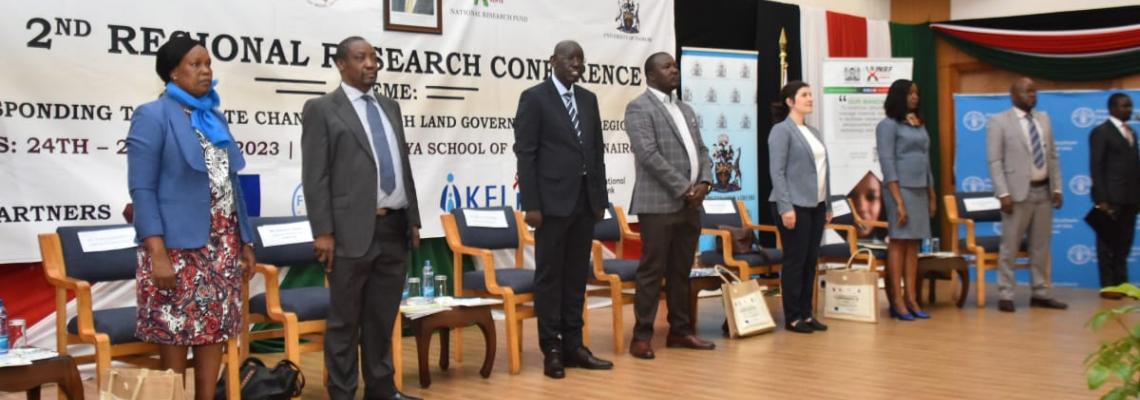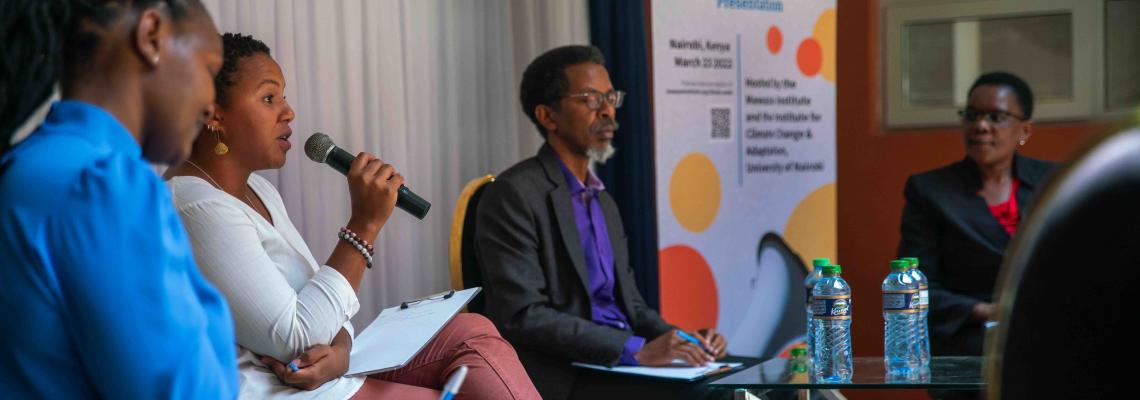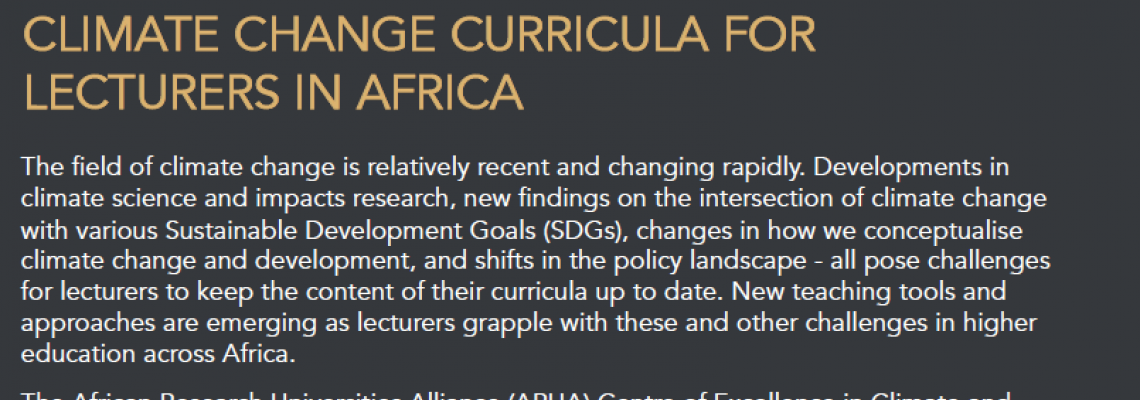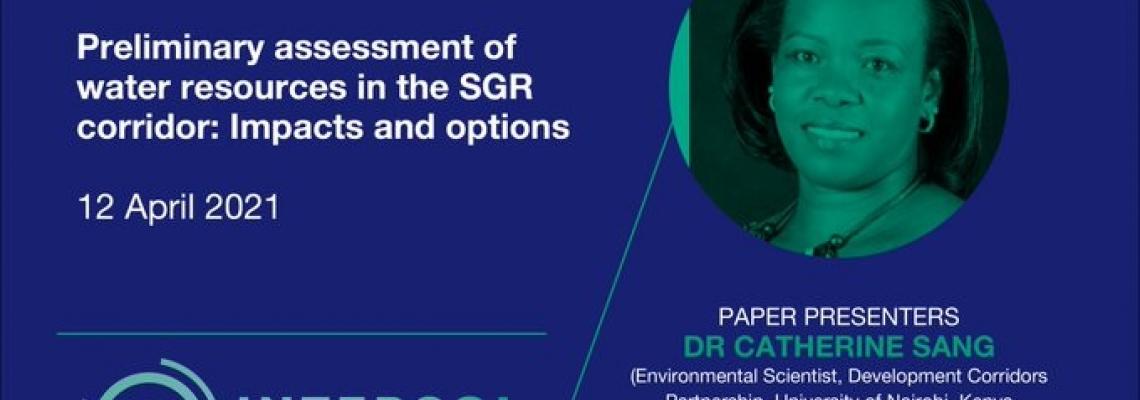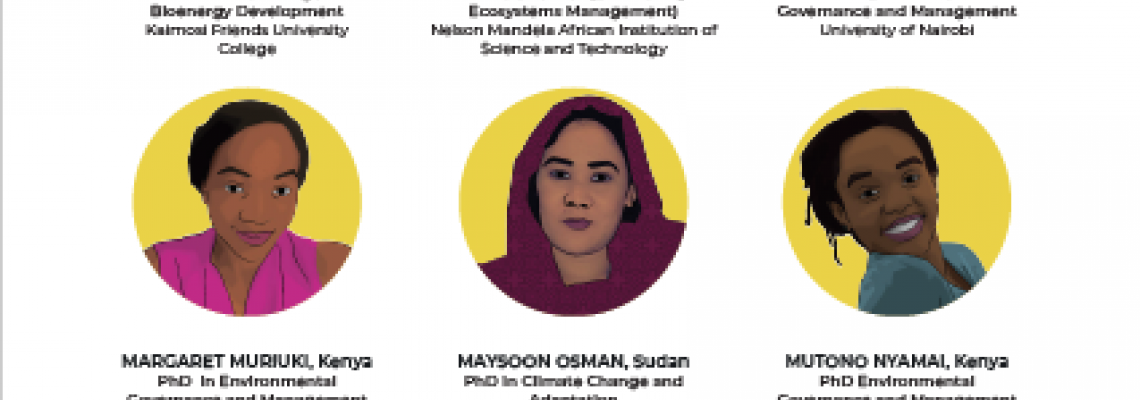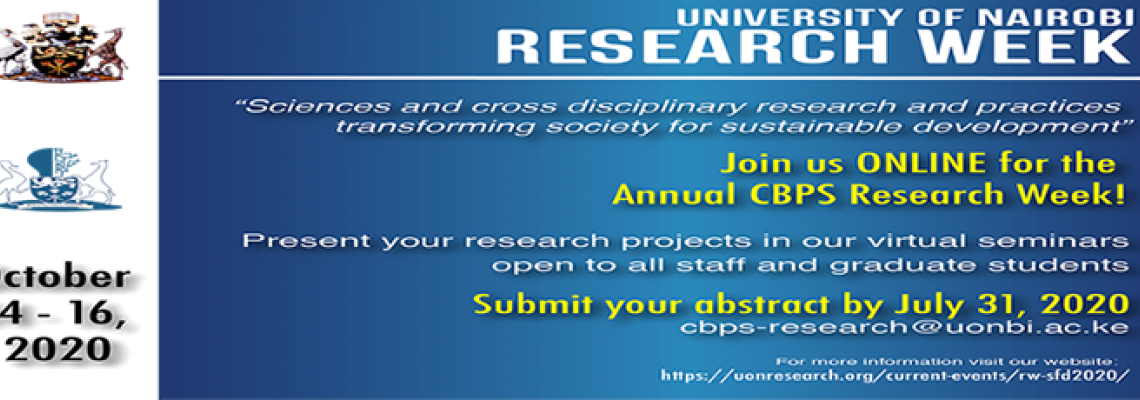Volume 2 No. 1 and riverbeds are considered meeting points. There are usually small crowds when people go to fetch water or take animals to drink. From observation, many of the water points are sometimes crowded, social distancing is not observed, and people do not wear masks. This complacency could be due to social relations among the locals, being unaware of threats and risks of COVID-19, and the unaffordability of masks. Therefore, besides community sensitization, there is a critical need for community water point management planning to reduce human traffic, the interaction between people at any given time, and to effect social distancing as required by government directives to reduce the infection rates at community level. The county is well placed to address this issue by advancing the installation of water Automated Teller Machines (ATMs) in the water kiosks to minimise the use of cash payment and further reduce the long queues as people can access water any time of the day, thus reducing human interaction. Many WSPs are dependent on electricity which accounts for 30-40% of their total operational costs (WASREB, 2020). To ensure uninterrupted water services provision, the government gave a directive to the Kenya Power Lighting Company not to disconnect WSPs electricity which is a relief but continues to be a burden as the debts accumulate and will ultimately have to be paid (Senkwe et al., 2020). To address the issue of accumulated electricity bills and enhance institutional resilience towards unforeseen financial dilemmas which can compromise service delivery, WSPs need to carry out energy audits to reduce …
Upload
Link
https://scholar.google.com/scholar?oi=bibs&hl=en&cluster=15543594824875976789

